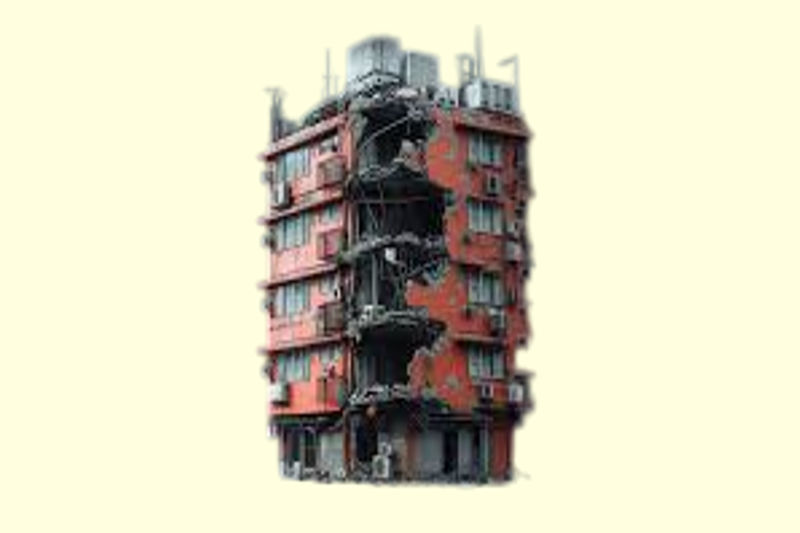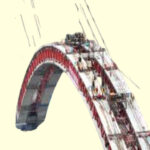Japan is a global leader in earthquake-resistant construction technology with engineering innovations that allow buildings to withstand powerful seismic activities, including 7.2 magnitude earthquakes. Located in one of the most seismically active regions in the world, Japan has developed advanced engineering techniques to protect infrastructure and save lives. From base isolation systems to energy-dissipating structures, Japan’s construction technology sets the standard for earthquake resilience worldwide.
Why Japan’s Earthquake Engineering is the Best in the World
Japan experiences thousands of earthquakes each year, including devastating ones like the Great Hanshin Earthquake (1995) and the Tohoku Earthquake (2011). These disasters have driven Japan to pioneer the latest engineering technology in construction to minimize damage and enhance safety.
1. Base Isolation Systems – The Foundation of Earthquake Resistance
One of Japan’s most effective technologies is the base isolation system, which separates a building’s foundation from the ground using layers of rubber bearings, steel dampers, and sliding plates. During an earthquake, these isolators absorb and disperse seismic energy, preventing it from shaking the structure above.
Example: The Tokyo Skytree, one of the highest structures in the world, has a hybrid base isolation system to resist earthquakes up to 7.2 magnitude.
2. Energy-Dissipating (Damping) Technology
Japan employs shock absorbers and dampers within buildings to reduce vibrations. These devices transform seismic energy into heat, considerably minimizing structural stress.
Oil Dampers: Installed in high-rises, these act like car shock absorbers.
Viscous Wall Dampers: Used in skyscrapers to counteract swaying.
3. Seismic Retrofitting – Strengthening Older Buildings
Japan has implemented mandatory retrofitting programs to upgrade older structures with modern earthquake-resistant features. Techniques include:
To strengthen weak areas, add carbon fiber wraps and steel braces.
Installing dampers and base isolators in existing buildings.
4. AI and Smart Sensors for Real-Time Earthquake Response
Japan incorporates Internet of Things (IoT) sensors* and artificial intelligence (AI) into buildings to identify tremors and automatically modify stability systems.
Early Warning Systems: Alerts are sent seconds before shaking begins, allowing elevators to stop and gas lines to shut off.
Smart Dampers: AI adjusts damping force in real time based on seismic intensity.
5. Flexible and Lightweight Materials
Instead of rigid concrete, Japan uses high-strength steel, carbon fiber, and flexible joints to allow buildings to bend without breaking.
Example: The Roppongi Hills Mori Tower uses advanced steel frames that flex during quakes.
Case Study: How Japan’s Technology Saved Lives in Recent Earthquakes
2011 Tohoku Earthquake (9.1 Magnitude): Despite the massive quake and tsunami most modern buildings in Tokyo remained intact due to strict seismic codes.
2016 Kumamoto Earthquake (7.2 Magnitude): Retrofitted structures suffered minimal damage, proving the effectiveness of Japan’s engineering.
Global Influence: Japan’s Technology is Adopted Worldwide
Countries like Chile, New Zealand, and the U.S. now use Japan’s earthquake-resistant techniques. Japan’s building standards have been acknowledged by the UN as a model for countries that are vulnerable to natural disasters.
Conclusion
Japan’s latest engineering technology in construction ensures that buildings can withstand 7.2 magnitude earthquakes and beyond. With innovations like base isolation, AI-powered dampers, and seismic retrofitting, Japan continues to lead in earthquake-resistant architecture. As climate change increases natural disasters, other nations must adopt Japan’s advanced methods to protect lives and infrastructure.
By investing in smart, flexible, and shock-absorbing designs, Japan proves that even in the face of nature’s fury, engineering excellence can make cities safer for everyone.
Key Phrase Used: Japan has the latest engineering technology in construction to secure buildings from 7.2 magnitude earthquakes.
This article highlights Japan’s earthquake-resistant innovations while optimizing for SEO with the target key phrase.


